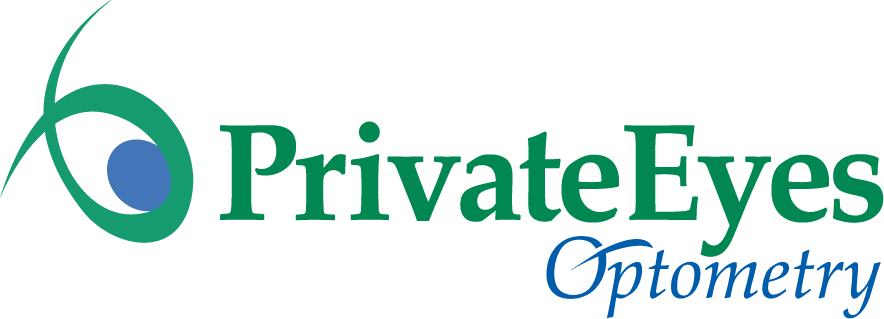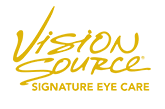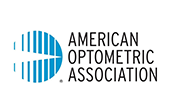Nearsightedness in Kids/Teens
Myopia Management
With our thorough diagnostics and extensive experience with myopia management, we’ll help you develop a plan to protect your child’s precious gift of sight.
Early Intervention
The goal of early intervention is to reduce the peak prescription by reducing eyeball elongation.
Myopia Treatments
Atropine Eye Drops, Ortho-K/ Corneal Refractive Therapy (CRT) and Soft Multifocal Daily Lenses.
Myopia Management
Nearsightedness affects both children and adults; however, the incidence of myopia in children is rapidly increasing, likely due in part to the increase in screen time and decrease in outdoor activities, both of which contribute to focusing fatigue. Nearsightedness is one symptom of unchecked elongation of the eyeball, which increases the risk of more serious ocular conditions, including retinal detachment, glaucoma, early cataract development, and myopic macular degeneration, all of which can lead to partial or total blindness.
While ordinary glasses and contact lenses can treat the symptom of nearsightedness, improving daily vision, they do not stop the progression of myopia in children. However, newer treatments have been clinically proven to slow the progression of myopia, and even provide clear vision during the day with overnight treatment.
All four of Dr. Hsu’s children have myopia, so this issue is very close to her heart. Her children have been successfully treated with a combination of specialty contact lenses and therapeutics to slow the progression of nearsightedness. With our thorough diagnostics and extensive experience with myopia management, we’ll help you develop a plan to protect your child’s precious gift of sight.

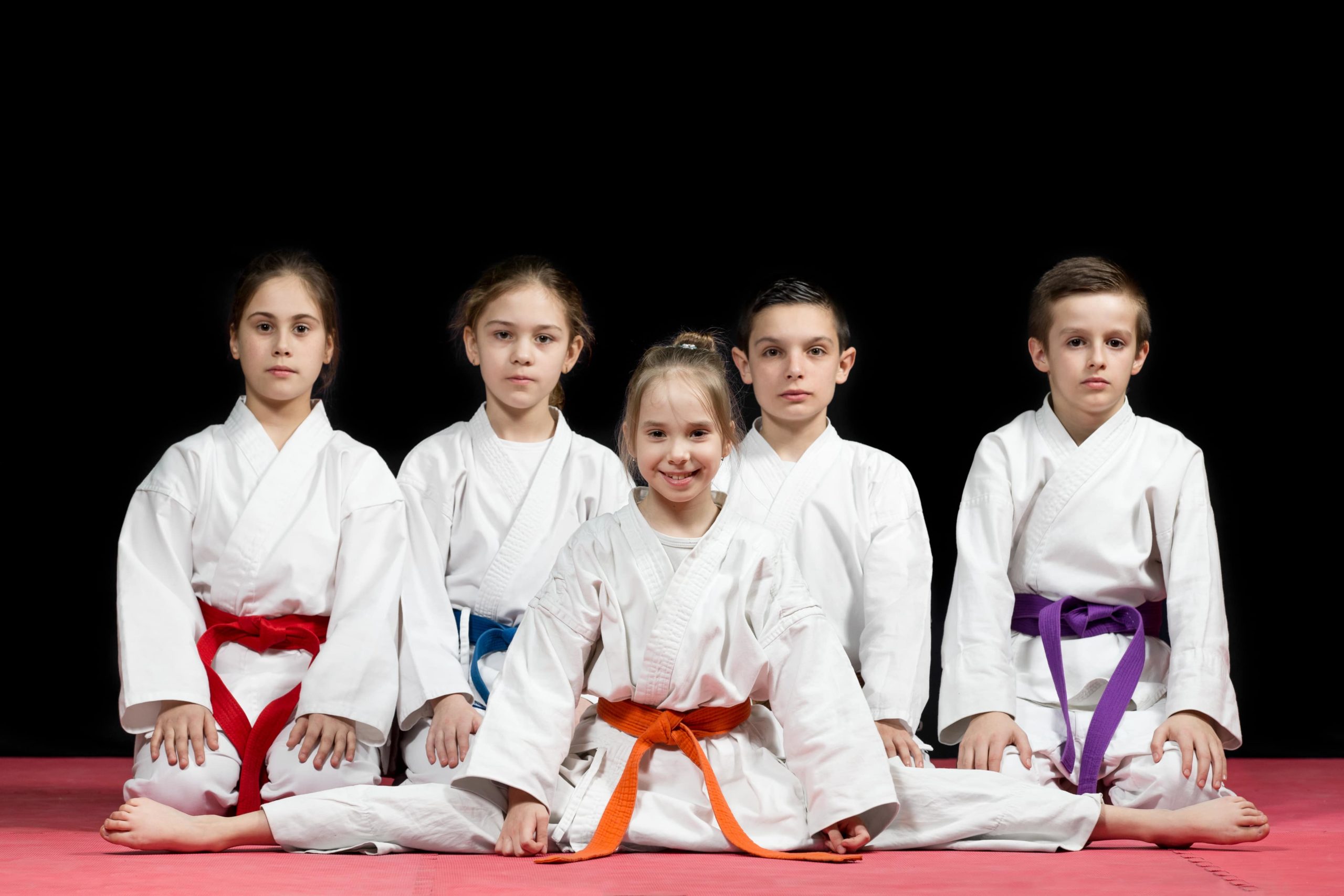
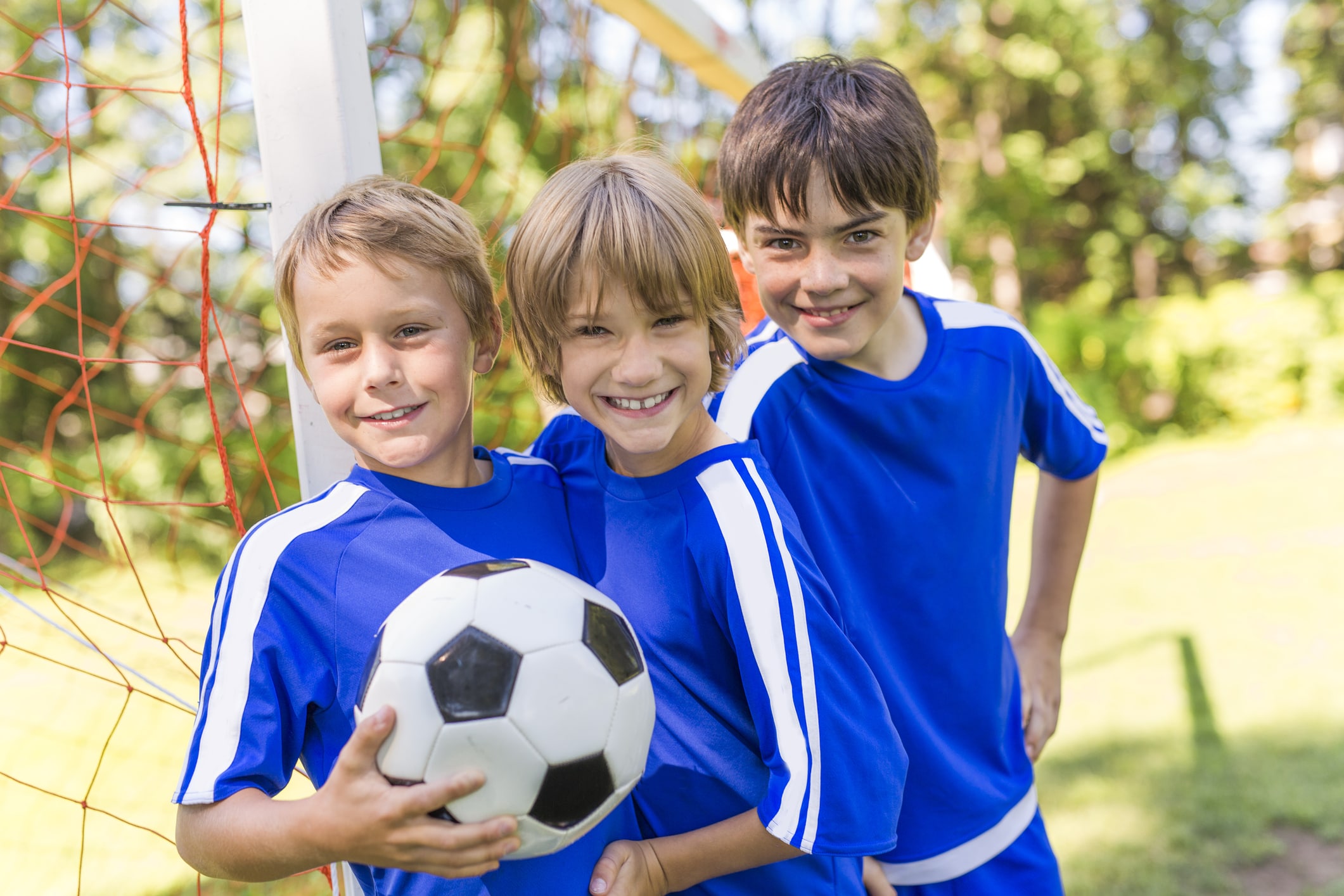
Benefits of Early Intervention
The goal of early intervention is to reduce the peak prescription by reducing eyeball elongation. Once an eyeball has lengthened, that growth is irreversible, and the stretching of the retina is permanent. Every diopter of increase in prescription leads to a significant increase in the risk of eye disease and ocular conditions.
Patients with lower prescriptions also have an easier time finding glasses and contact lenses, less distortion, more treatment options, e.g. LASIK, and less dependency on vision correction.
Myopia Management Treatments
Atropine Eye Drops
Atropine eye drops are currently the most effective way to treat myopia. Atropine eye drops dilate the pupil and temporarily paralyze the focusing muscle inside the eye.
By disabling the focusing mechanisms, the eye has a chance to relax, fatigue is reduced, and the progression of myopia can be slowed.
Ortho-K/ Corneal Refractive Therapy (CRT)
Also known as Orthokeratology or Ortho-K, Corneal Refractive Therapy (CRT) is a highly effective therapy for both correcting vision and slowing myopia progression.
Patients wear contact lenses during sleep that gently reshape the corneas. Then, during waking hours, the patient may be able to see perfectly without glasses.
Soft Multifocal Daily Lenses
Recent studies have shown that soft multifocal contact lenses can slow the progression of myopia and elongation of the eye.
This is the least aggressive treatment, but also less effective than more active treatments like Ortho-K/CRT and atropine eye drops.
Which Treatment is Best for My Child?
Depending on the child, the child’s age, and the speed of myopia progression, two or more treatment methods can be prescribed at the same time. We will be monitoring your child’s progress each step of the way and do what is necessary to slow the progression.
